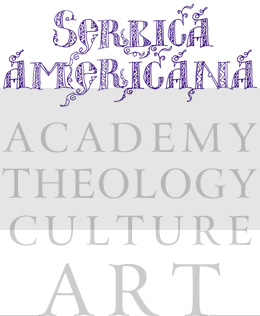Helen Delich Bentley was born on November 28, 1923. She was an American politician and a former Republican U.S. House Representative from the second district of her adopted home state of Maryland.
She was born in the tiny town of Ruth, White Pine County, Nevada, and attended the University of Nevada and George Washington University. She earned a BA from University of Missouri in 1944. She was a maritime reporter and editor of the Baltimore Sun and served on the Federal Maritime Commission from 1969 to 1975.
.She was an unsuccessful candidate for election to the Ninety-seventh in 1980 and Ninety-eighth Congresses in 1982. She was elected as a Republican to the Ninetyninth Congress in 1984, and to the four succeeding Congresses, serving in Congress from January 3, 1985 to January 3, 1995. During her time in office, she was strong advocate for protectionist trade policies in support of U.S. manufacturing and the U.S. Merchant Marine fleet. Of Serbian origin, she was known to be sympathetic towards Serbians during the civil war in Yugoslavia in the 1990s, and opposed U.S. military involvement in that conflict.
She was not a candidate for reelection to the One Hundred Fourth Congress in 1994, but was an unsuccessful candidate for nomination for Governor of Maryland. She was an unsuccessful candidate for election to the One Hundred Eighth Congress in 2002, losing to then-Baltimore County Executive C.A. Dutch Ruppersberger.
Before and since that time she has been an active businesswoman and lobbyist as the President and CEO of Helen Delich Bentley & Associates, Inc., and also as an International Trade, Business and Government Consultant. She also is/was a consultant for the Maryland Port Administration, Port of Baltimore.




